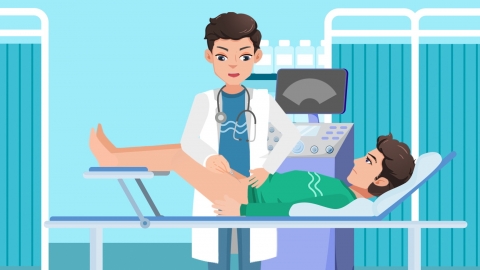What are the symptoms of sexually transmitted diseases?
Generally speaking, sexually transmitted diseases (STDs) refer to infections transmitted through sexual contact. Symptoms of STDs include pain and itching, abnormal urethral discharge, frequent and urgent urination with pain, genital warts, and swollen inguinal lymph nodes. Detailed explanations are as follows:

1. Pain and Itching
Infection with pathogens causing STDs can lead to local tissue damage and inflammatory reactions, resulting in pain and itching. Additionally, certain STDs, such as genital herpes, may develop blisters and ulcers during an outbreak, further intensifying the pain and itching.
2. Abnormal Urethral Discharge
STDs are often caused by specific pathogens, such as Neisseria gonorrhoeae, Treponema pallidum, and human papillomavirus (HPV). These pathogens multiply at the site of infection, causing local inflammation and leading to abnormal discharge.
3. Frequent, Urgent, and Painful Urination
Various STDs can affect the urethra, causing congestion and edema of the urethral mucosa, narrowing the urethral lumen. Inflammation also stimulates nerve receptors in the urethral mucosa and the trigone area of the bladder, resulting in symptoms of frequent, urgent, and painful urination.
4. Genital Warts
Certain STDs, such as genital warts (condyloma acuminata), are caused by infection with human papillomavirus (HPV). This virus replicates at the site of infection and stimulates local tissue proliferation, forming growths that may appear papillary, cauliflower-like, or cockscomb-like.
5. Swollen Inguinal Lymph Nodes
When an STD occurs, pathogens or their toxins can travel through lymphatic vessels to the inguinal lymph nodes, triggering an immune response. This leads to significant proliferation of immune cells such as lymphocytes and macrophages within the lymph nodes, causing congestion, edema, and subsequent enlargement of the lymph nodes.
Maintaining good personal hygiene habits is important, such as washing hands frequently, changing underwear regularly, and avoiding sharing personal items like towels or bath linens with others to prevent indirect transmission of infections. Practicing safe sex, using condoms correctly, and avoiding multiple sexual partners can also reduce the risk of transmitting sexually transmitted diseases.







